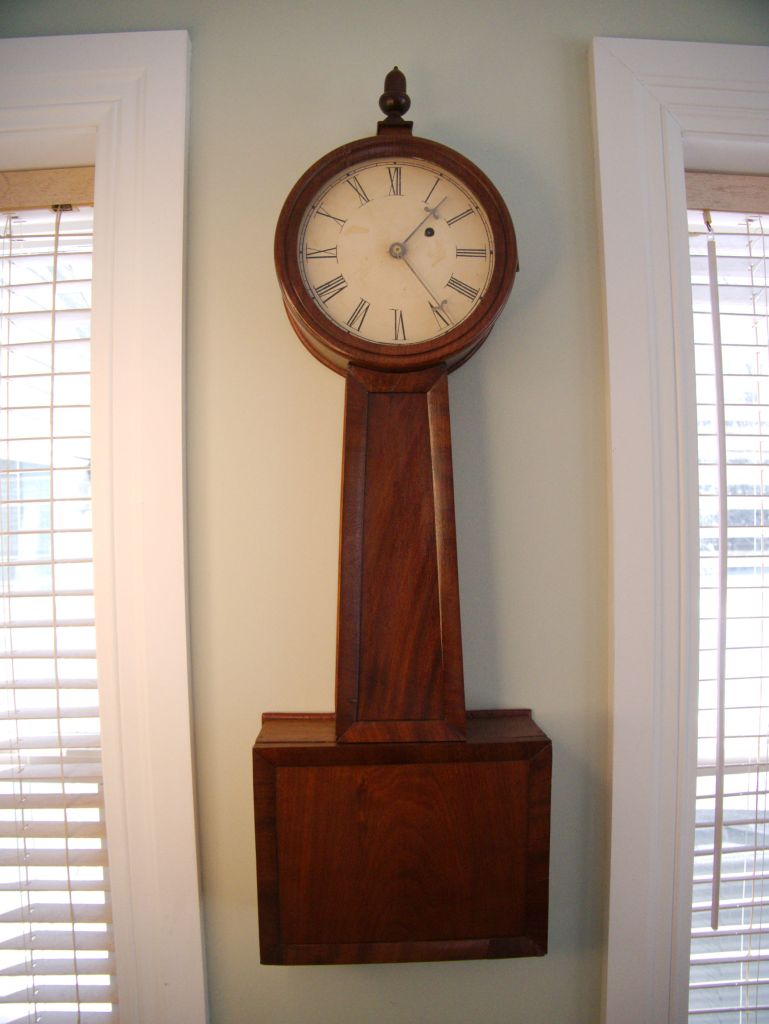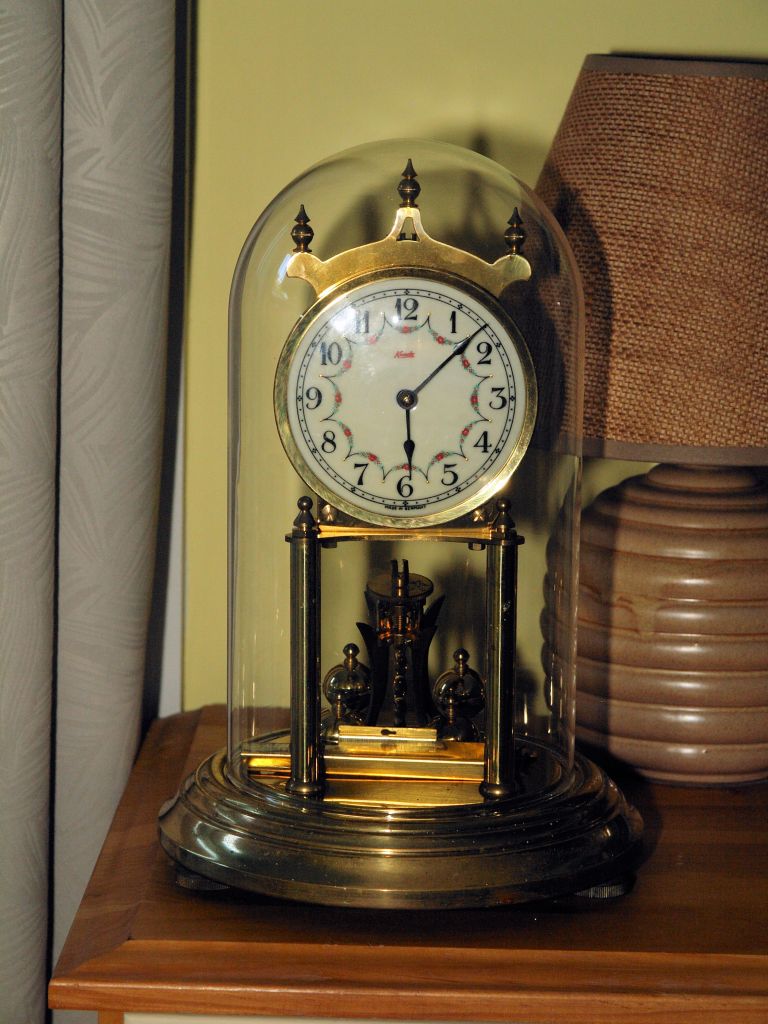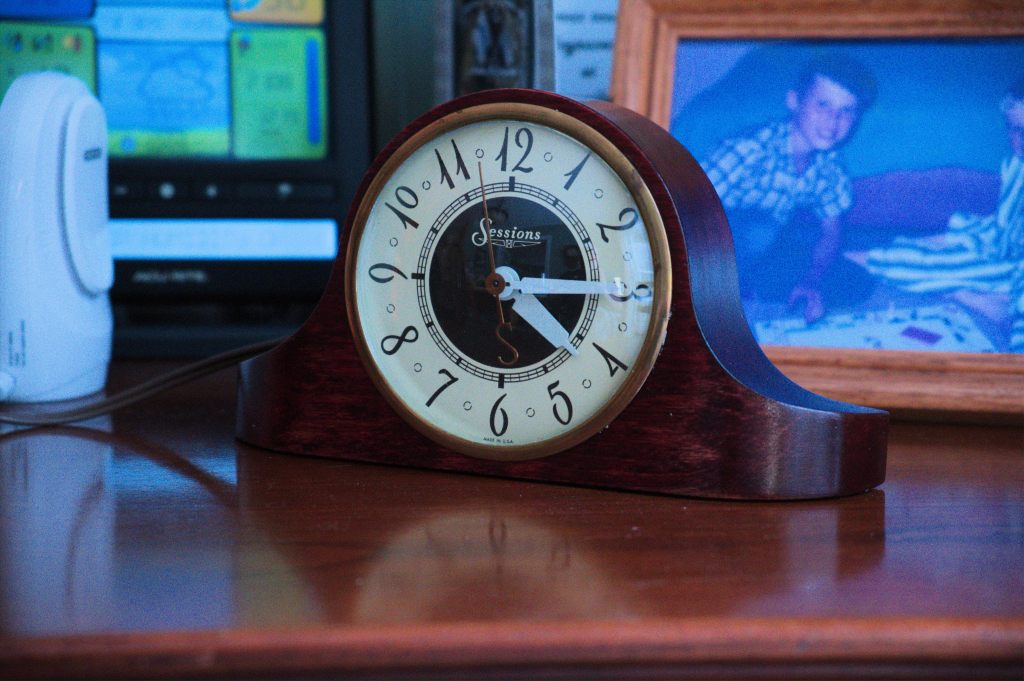The clock is one of man’s greatest achievements. The development of instruments to tell time is the unwavering toil of brilliant minds from many disciplines who, for over 800 years, worked tirelessly to create, innovate, and improve methods for telling the time.
Horology is not only the study of time but the synergy of art, joinery, fashion, design, décor, physics, engineering, metallurgy, and mathematics. Indeed, the study of the mechanical clock is a microcosm of our society.

While not claiming to be an exhaustive guide, the following dates are noteworthy in the history of the clock and compiled from various sources. The challenges in pinpointing precise dates arise from disparities among sources.

Advancements in horology preceding the advent of the mechanical clock are omitted. (Clepsydra) and sundial clocks from the Middle Ages, as well as ancient Chinese astronomical clocks, warrant a separate discussion and are not encompassed in this account.
Important Dates in Horological Development
- Around 1300 – The first mechanical verge clock in Europe
- 1364 – Astronomical clock idea by Giovanni de Dondi, Italy
- 1386 – Tower (turret) clock at Salisbury Cathedral, England
- Around 1400 – Fusee power was invented by Jacobs, Czechoslovakia
- Around 1450 – A table clock with spring and fusee by Phillip the Good of Burgundy, France
- Around 1500 – The mainspring was invented in Germany
- Around 1510 – The watch was invented by Peter Henlein, Germany
- Around 1560 – A spring-driven portable clock, in Germany
- Around 1570 – The oldest known clock with a second hand, Orpheus clock, Germany
- Around 1620 – The production of lantern clocks in Britain increased
- 1637 – Galileo conceives pendulum control for swinging temple lamp, Italy
- Around 1650 – The first tower clock in America
- 1656 – Huygens devises pendulum clock, Holland
- 1657 – Verge and foliot replaced by pendulum control, Huygens, Holland
- 1658 – Fromanteel adapts long-case prototype from lantern clock, England
- 1660 – Hooke conceives balance wheel, England
- Around 1675 – Richard Towneley invented dead-beat escapement, in England
- 1675 – Huygens invents the balance wheel with spiral spring, Holland
- Around 1675 – Hooke and Clement collaborated to invent recoil escapement and crutch, in England
- 1676 – Barlow develops rack striking, England
- 1680 -1700 – Notable horologists of this era were Arnold, Earnshaw, East, Graham, Knibb, Compion, and Windmills of England; Berthoud, Breguet, and LeRoy of France
- 1701 – St Sulpice seminary tower clock (imported from France), Montreal, Canada
- 1713 – Harrison invents marine chronometer, in England. For more see Dava Sobel’s, Longitude, Harrison’s struggle against the establishment to get recognition for his chronometer.
- Around 1715 – The break-arch dial introduced
- 1715 – Graham perfects deadbeat escapement, regarded as the “father” of the dead-beat escapement
- 1717 – First tower clock in America, Benjamin Bagnall, Boston
- 1726 – Graham invents Mercurial pendulum (temperature compensating pendulum), in England
- 1726 – Thomas Bennett makes wall clock, 8-day brass, weight-driven, in America
- 1736 – Harrison’s marine chronometer tested at sea (accurately ascertaining longitude), in England
- 1770 – White dials appear in English longcase clocks
- 1776 – Pouzait invents independent seconds train for the watch, Switzerland
- 1790 – Vienna regulator-style case emerges in Austria
- 1790 – American woodworks clocks begin to appear
- 1802 – Willard patents banjo timepiece, America
- 1806 – Terry introduces the Pillar and Scroll clock, America
- 1809 – Martin Cheney sets up a clock-making shop in Montreal, Canada
- 1810 – Breguet introduces Carriage clock (Pendule De Voyage), France
- 1818 – Heman Clark makes wrought brass movement for Pillar and Scroll case, America
- 1825 – Rolled brass production begins in America
- 1836 – Tempered brass mainsprings introduced in America
- 1837 – Noble Jerome’s 30-hour brass movement patent approved, America
- 1840 – American brass movements in mass production
- 1842 – Chauncey Jerome exports American brass movement clocks to England
- 1845 – Woodworks movement production ends, America
- 1847 – Tempered steel mainsprings begin to be manufactured in America
- 1850 – Lord Grimthorpe designs the Westminster tower clock made by Dent, England
- Around 1850 – Brocot (pin-wheel) escapement and pendulum suspension were introduced, France
- Around 1850 – American mass production of watches begins. The Waltham Watch Company leads the charge
- 1860 – Junghans technicians were sent to America to study American mass production techniques, Germany
- 1870 – Decline in English long-case clocks
- 1874 – Mantel and wall clock mass production begins in Whitby, Canada
- 1900 – American clock production peaks; makers are Ansonia, Ingraham, Gilbert, Howard, New Haven, Seth Thomas, Waterbury, and Welch
- 1904 – Arthur Pequegnat begins clock production in Berlin, Canada
- 1906 – The Eureka electric clock was introduced, America
- 1908 – Big Ben alarm clock enters production, in America; Baby Ben follows in 1910
- Around 1910 – The torsion pendulum clock (400-day) introduced, in Germany
- 1920-40 – General decline in American mechanical clock production, increase in electric clock production
- 1927 – The quartz clock is invented but not in widespread use until the 1970s
- 1928 – Atmos clock by Jaeger LeCoultre – perpetual motion clock powered by temperature and atmospheric pressure changes
- 1941 – Arthur Pequegnat ceases production, Kitchener Canada
- Around 1960-70 – End of mass-produced mechanical clocks, America (cheaper Japanese, Korean & Chinese mechanical clocks flooded North America)
- Present day – Movement and clockmakers remain but become a fringe market; Howard Miller (Ridgeway), Keininger, Hermle, Chelsea, Jaeger LeCoultre among others

These milestones highlight our constant quest for accurate timekeeping and showcase the human spirit’s ingenuity.
As we look back, the ticking of the clock is more than just tracking time; it symbolizes our ongoing journey to understand the essence of time. Horology serves as a testament to our commitment to precision and symbolizes our continuous efforts to enhance the quality of our lives.
(Please share any errors or omissions)

Hello! Can you post a short history behind the origins/reason of the double face clock same as you have in the main photo whenever you find the time.
Many thanks,
LikeLike
It is such an intriguing question that will dedicate an article to it in the next week. I do not know the history of that particular clock but can comment on why it was used, who would use it and so on.
The article on double dial clocks will be published on March 5th.
LikeLike
Sounds good.
Wasn’t meant to come out as to your actual clock but glad you got the main jest of the comment.
LikeLike
Ron – hi
Really well-researched and interesting article, as ever. Thanks. I wonder too if the Atmos clock deserves a mention? Perfected in 1928. Pick out the facts from the sales info in this link – https://www.jaeger-lecoultre.com/gb-en/jaeger-lecoultre-atmos-history
And, on a separate note, your followers might enjoy Dava Sobel’s brilliant book, Longitude, about Harrison’s struggle against the establishment to get recognition for his chronometer.
Still loving your blogposts.
Hugh
Sent from Samsung Mobile on O2 Sent from Outlook for Androidhttps://aka.ms/AAb9ysg ________________________________
LikeLike
Done, thanks Hugh. Both the Atmos reference and a link to Sobel’s book.
LikeLike
Thanks Ron. An appreciation of mechanical clocks (watches too) indeed speaks to us. A second hand three dollar quartz clock at the thrift store will out preform the finest of a mechanical movement clock. Though to borrow from Porsche, “There is no substitute”.
LikeLike
Indeed!
LikeLike